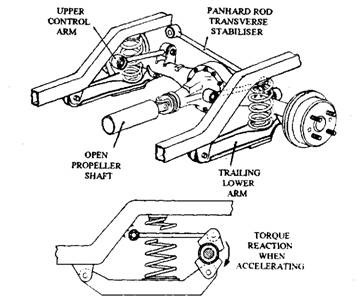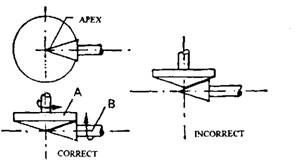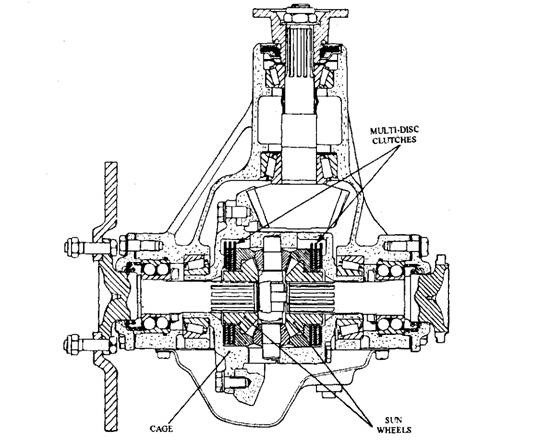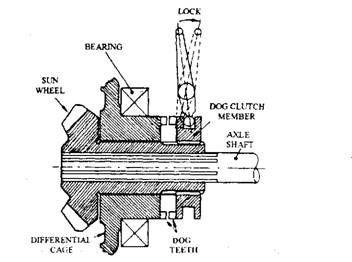Torque-tube Drive
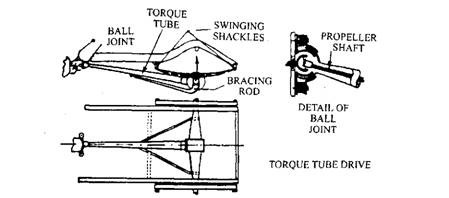
Torque-tube Drive This drive system is generally used in passenger cars and light commercial vehicles. Whereas the Hochkiss drive uses stiff springs to resist torque reaction and driving thrust, the torque tube drive permits the use of either 'softer' springs or another form of spring, like helical to perform their only intended duty so that a 'softer' ride is possible. Figure 26.30 illustrates a layout using laminated springs, which are connected to the frame by a swinging shackle at each end. A tubular member called torque-tube, encloses the propeller shaft and is bolted rigidly to the axle casing. The torque-tube is positioned at the front by a ball and socket joint, which is located at the rear of the gearbox or cross-member of the frame. Bracing rods are introduced between the axle casing and the torque tube to strengthen the arrangement. A small-diameter propeller shaft is installed inside the torque tube and splined to the final-drive pinion. A universal joint is
